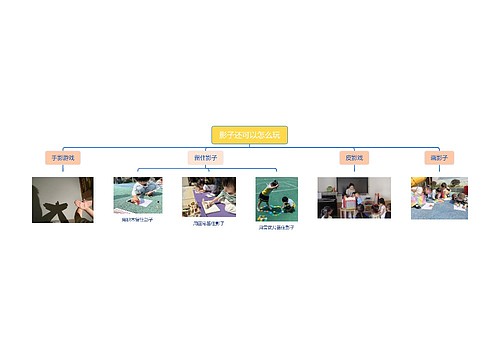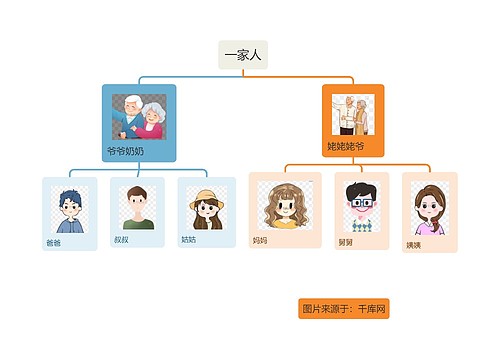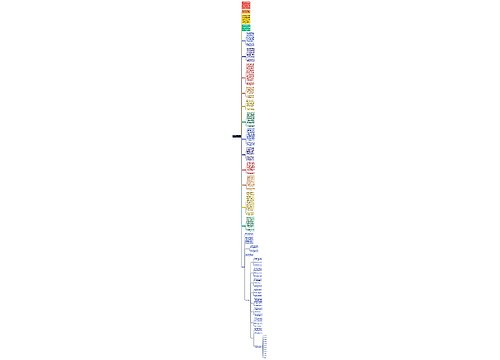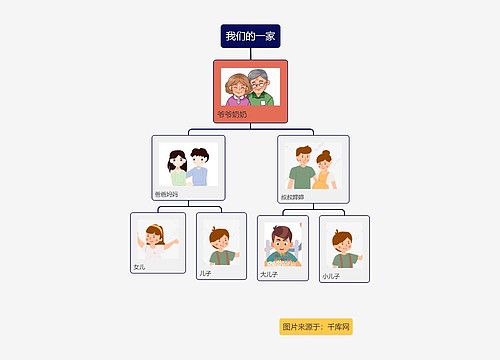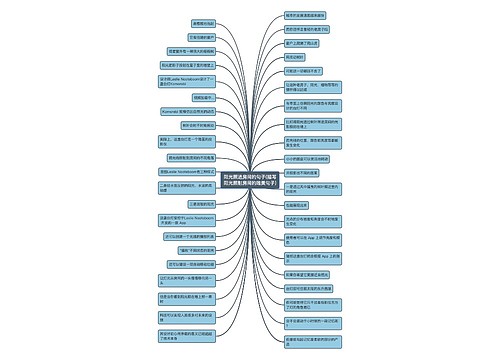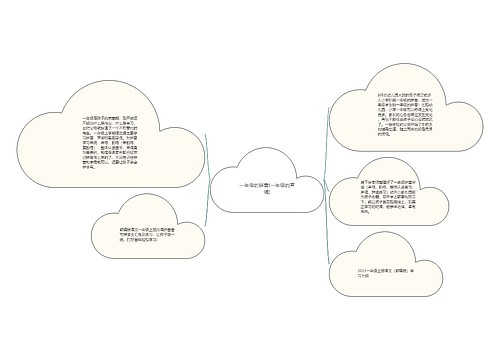状语:用来描述一个动作的细节特征的成分,汉语里边常见的对应成分就是"……地"。
表达时间,地点,方式的状语,也可以不带"地"字翻译。如:在教室里唱歌,用古典的方式唱歌。
副词adverb,状语adverbial,都是用来加强动词的。除了修饰动词外,状语也可以修饰除了名词之外的任何词(如:adj,介词,连词,还可以修饰副词本身)。
副词在句子中处于一个副手位置,就是辅助地位。When,where,how表时间,地点,方式程度。
表达时间的:now,just now。表达地点的介词短语,如:in the house。
小状语(单独的副词)放在其所修饰的词语之前:修饰动词时没放在动词之前。修饰其它成分(形容词,介词,连词,副词)时,放在其他成分之前。
We are now living in a beautiful new house in the country.
Letters will cost a little more, but they will certainly travel faster.
大状语(2个及以上单词构成的状语),如:介词短语,不定式短语,状语从句,放在整个句子的两头,放在开头时一般加(,)。
On Wednesday evening, we went to the town hall.
I was having dinner at a restaurant when Tony came in.
当句子中同时出现几个时间或地点状语时,从小到大排列。We landed in America at 8 o’clock on June 15th 2012.
We live at number 35, south Renmin road, Chengdu.
句子后面有多种状语时,顺序是(方式-地点-时间)。He put his milk bottles carefully on the doorstep every morning.
同位语:句中指代同一事物的两个词、短语或从句,称为同位关系。My sister, Helen Wilson, will travel with me.



